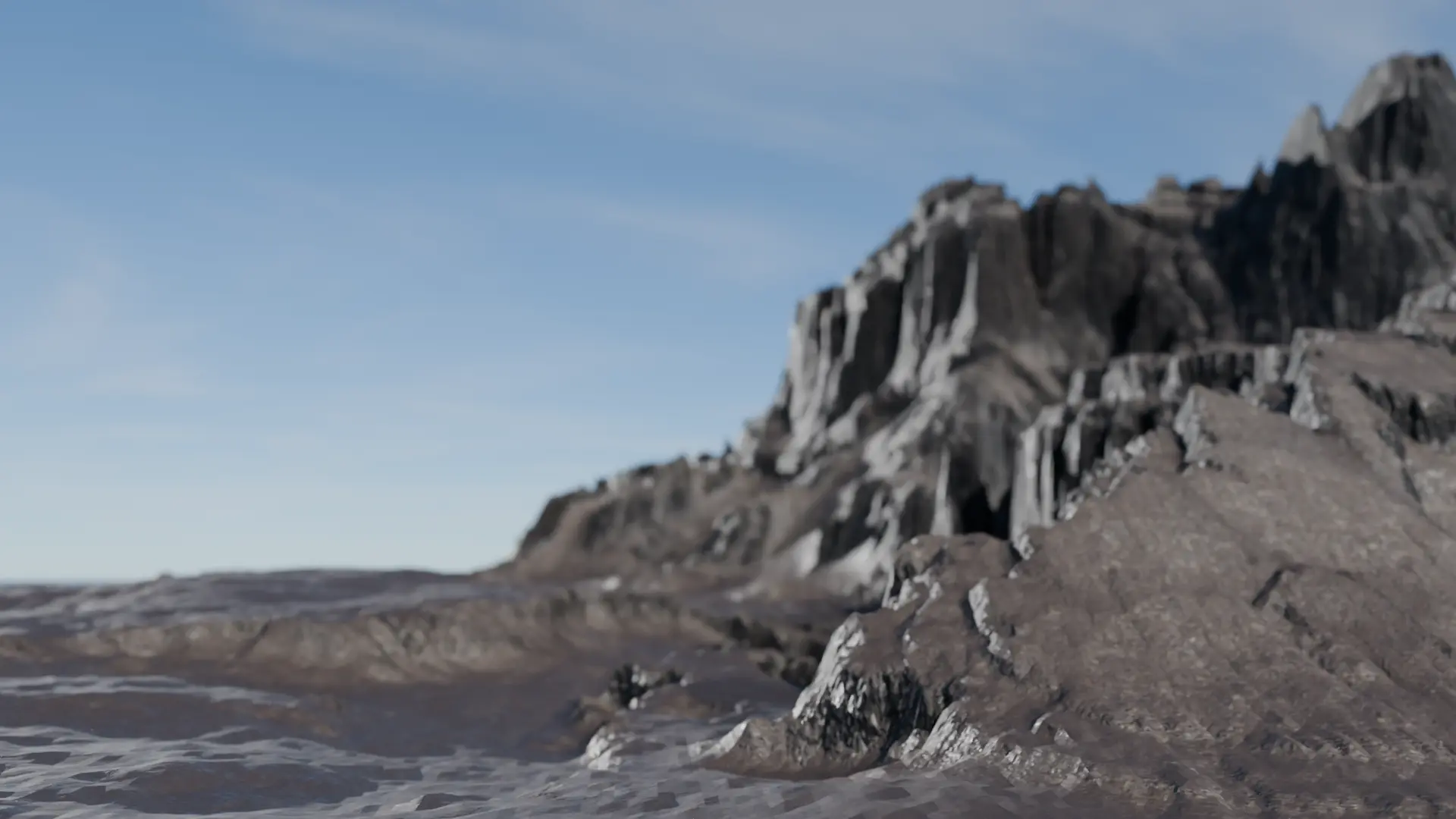Guide
Quickstart
Getting Started with TerraForm
Objective
This guide aims to familiarize new users with TerraForm's interface and basic functionality, enabling them to create and manipulate digital terrains effectively.
1. Installing TerraForm
Step-by-Step Installation:
1. Download the Addon:
Visit the official TerraForm website or the Blender Market to download the latest version of the TerraForm addon (usually in a .zip format).
Open Blender:
Launch Blender on your computer.
3. Access Preferences:
Go to the top-left corner of the Blender interface and click on Edit > Preferences.
4. Install the Addon:
In the Preferences window, navigate to the Add-ons tab.
Click on the Install... button at the top.
Locate the downloaded .zip file and select it.
Click Install Add-on.
5. Enable the Addon:
After installation, search for "TerraForm" in the Add-ons list.
Check the box next to the TerraForm addon to enable it.
Save Preferences:
Click on the Save Preferences button at the bottom left of the Preferences window to ensure the addon remains enabled in future sessions.
2. Navigating the User Interface
Overview of the Interface:
Main Toolbar: Located at the top, it contains essential tools and options.
3D Viewport: The central area where you will create and manipulate your terrain.
Properties Panel: On the right side, it contains settings for the selected object and scene.
Accessing TerraForm:
Once enabled, you will find the TerraForm panel in the N sidebar of the 3D Viewport.
3. Understanding the Three Main Tabs
3.1 Noise Stack
Purpose: This tab allows you to add and manage noise layers that define the base shape of your terrain.
Features:
Add various noise types (e.g., Perlin, Voronoi).
Adjust parameters such as scale, intensity, and frequency.
3.2 Modifier Stack
Purpose: This tab is used to apply deformation modifiers to refine the terrain shape.
Features:
Add erosion, displacement, and other modifiers.
Control the order of operations and adjust parameters for each modifier.
3.3 Material Stack
Purpose: This tab allows you to apply materials and textures to your terrain.
Features:
Create and manage materials using the complex material builder.
Apply color gradients and texture maps based on terrain features.
4. Creating Your First Terrain Grid
Step-by-Step Creation:
1. Open the Global Terrain Manager:
In the TerraForm panel, click on the Global Terrain Manager button.
Create a New Terrain Grid:
Click on the Create New Terrain Grid button.
Set the desired dimensions (height and width) for your terrain grid.
3. Select the Terrain Grid:
Once created, select the new terrain grid from the list in the Global Terrain Manager.
5. Basic Parameter Adjustments
Adjusting Parameters:
1. Navigate to the Noise Stack:
Click on the Noise Stack tab to access noise layers.
Add a Base Noise Layer:
Click on the Add Noise Layer button.
Choose a noise type (e.g., Perlin noise) from the dropdown menu.
Modify Parameters:
Adjust parameters such as Scale, Intensity, and Frequency in the Parameter Window.
Observe changes in real-time in the 3D Viewport.
6. Viewport Navigation and Visualization Options
Navigating the 3D Viewport:
Rotate View: Hold the middle mouse button and move the mouse.
Zoom In/Out: Scroll the mouse wheel or hold Ctrl + middle mouse button and move the mouse.
Pan View: Hold Shift + middle mouse button and move the mouse.
Visualization Options:
Shading Modes: Switch between different shading modes (Wireframe, Solid, Material Preview, Rendered) using the icons in the top right of the viewport.
Viewport Overlays: Toggle overlays for grid, axes, and other visual aids using the Overlay dropdown in the top right corner.
